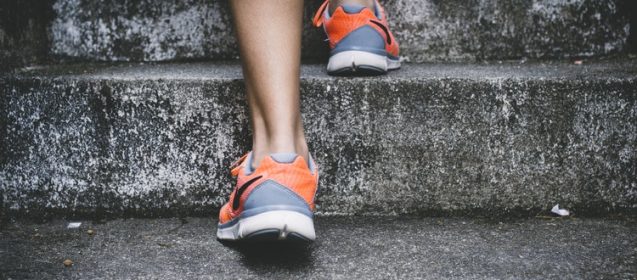Personal Training For People On The Go
If you’ve tried to schedule time at the gym and found it is almost impossible to fit into your schedule or  you simply can’t get out of the house to do it, you need to consider the type of personal training for people on the go that works with your hours and situation. Even the best laid plans and scheduled times are sometimes difficult to keep, when it happens consistently, going back to the drawing board and creating another option is probably the best way to handle the situation.
you simply can’t get out of the house to do it, you need to consider the type of personal training for people on the go that works with your hours and situation. Even the best laid plans and scheduled times are sometimes difficult to keep, when it happens consistently, going back to the drawing board and creating another option is probably the best way to handle the situation.
Have the personal trainer come to you.
The gym might not be the best location for you, It might be far enough away that just driving there and home takes more time than the workout. You might be a new mother who isn’t ready to leave the baby in another’s care or a seasoned parent that doesn’t have a reliable sitter that can be there at a specific time. In cases like this, consider having the trainer come to your home. Seriously, for the $15 extra for an hour long session, you’ll probably save money over what it costs for a baby sitter and gas, especially if you have a longer drive.
Make it a couple’s time or workout with a work friend.
If you have access to an open area where you work, consider the option of having a trainer come to you. You can make it even more cost effective by working out with a friend on your lunch hour. It’s just another $15 extra to add a friend and that reduces the cost for both of you. You and your significant other can make it a date night without the hassle of having to go out to the gym. Best of all, it’s far more fun to workout with someone else and there’s more motivation to continue when you workout with a friend. When we come to you, there’s no decision whether you’ll go to the gym.
Consider online training if you’re on the fly.
We are more and more technologically driven, even with fitness. There are apps for everything and now you can even have access to a personalized workout program online. Just imagine, you’re carrying your personal trainer with you continuously, so failing to workout isn’t an option. Online training has a customized program, aid in learning how to eat healthier and a great deal of information to help you get fitter faster. Most of all, you work with a personal trainer, so you’re held accountable for your success. Unlike a workout video, you have someone that holds you accountable.
- With all the options for securing training beyond the confines of the gym, the excuse that there’s no time is removed, so you’re more apt to be successful.
- Some people, particularly those who travel, work with a personal trainer in the gym, but also have the trainer create workouts for them when they’re on the road. It’s a great blend of face time and away time.
- Online training is not only easily accessible and convenient, it’s also budget friendly. If you’ve always wanted to work with a personal trainer, but were on a limited budget, it’s a great way to get started.
- No matter what option you choose for training, always make sure you find a program that includes both a nutritional plan and workout plan.

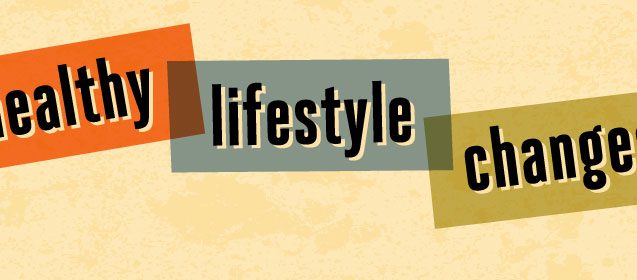
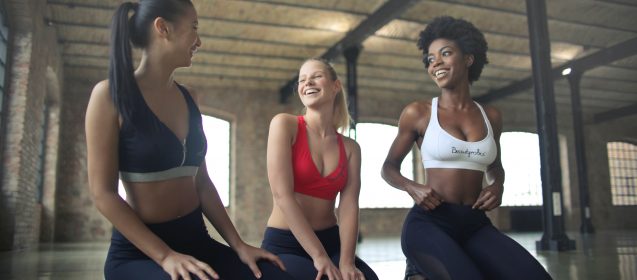
 The question include, is this the real miracle that Tony says it is? Does everyone get results? Why does it work?
The question include, is this the real miracle that Tony says it is? Does everyone get results? Why does it work?
 There’s no magic to becoming fit. It’s nothing more than learning the habits of healthy people and develop those habits. Even though it’s not magic, it doesn’t mean it’s easy. In fact, if you have unhealthy habits, such as smoking, think of how hard it is to quit. In reality, you’re really relearning the habit of not smoking. It’s easy to identify some of the habits like not smoking, avoid illegal substances or excessive drinking, but not all habits are that easily identified.
There’s no magic to becoming fit. It’s nothing more than learning the habits of healthy people and develop those habits. Even though it’s not magic, it doesn’t mean it’s easy. In fact, if you have unhealthy habits, such as smoking, think of how hard it is to quit. In reality, you’re really relearning the habit of not smoking. It’s easy to identify some of the habits like not smoking, avoid illegal substances or excessive drinking, but not all habits are that easily identified.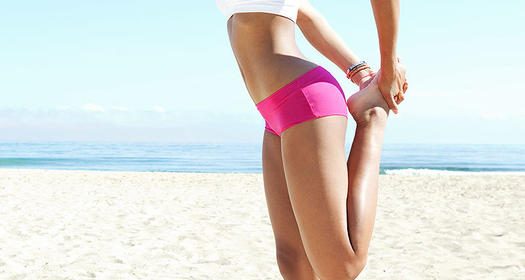
 Not everyone works with a personal trainer who pushes them hard to achieve the best possible results. For those working out on their own, it may be better to ease into exercise to help prevent injury and avoid the aches and pains that often put exercising on the bench. Even trainers may recommend starting slow at first, particularly for those incredibly out of shape or who have health conditions that might be exacerbated by too much, too soon.
Not everyone works with a personal trainer who pushes them hard to achieve the best possible results. For those working out on their own, it may be better to ease into exercise to help prevent injury and avoid the aches and pains that often put exercising on the bench. Even trainers may recommend starting slow at first, particularly for those incredibly out of shape or who have health conditions that might be exacerbated by too much, too soon.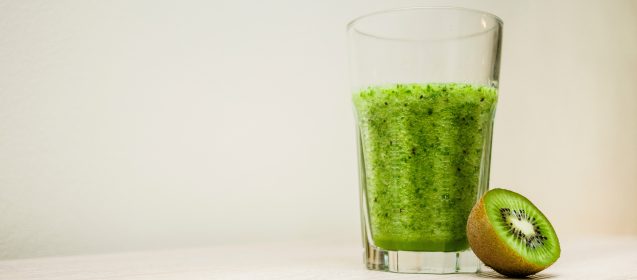
 Some people advocate cleansing for weight loss. I have mixed emotions about the safety and effectiveness of doing it. To complicate matters even more, there are all types of cleanses that are supposed to help you shed pounds. Each one works differently. For instance, a colon cleanse helps empty the colon of built up waste. There are several ways to cleanse the colon. Some people use it for weight loss. Other cleanses use detox diets and there’s a load of those too.
Some people advocate cleansing for weight loss. I have mixed emotions about the safety and effectiveness of doing it. To complicate matters even more, there are all types of cleanses that are supposed to help you shed pounds. Each one works differently. For instance, a colon cleanse helps empty the colon of built up waste. There are several ways to cleanse the colon. Some people use it for weight loss. Other cleanses use detox diets and there’s a load of those too.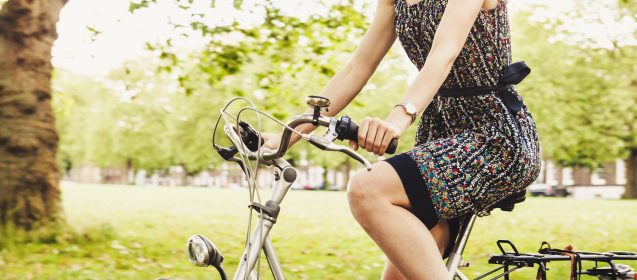
 Workouts for real life help your body prepare for those activities you do everyday. If you’ve ever bent down and picked up something relatively light, only to have a sharp, stabbing pain in your back that continued for days, you know what I mean. Functional fitness helps all the muscles of the body work together and gets you ready for tasks you would do daily, whether at home, work or play. It emphasizes core stability too.
Workouts for real life help your body prepare for those activities you do everyday. If you’ve ever bent down and picked up something relatively light, only to have a sharp, stabbing pain in your back that continued for days, you know what I mean. Functional fitness helps all the muscles of the body work together and gets you ready for tasks you would do daily, whether at home, work or play. It emphasizes core stability too.
 You may avoid chocolate, candy, cakes and cookies, never letting a bit of carbonated soda touch your lips and think you have the sugar problem conquered. You may be wrong. Sugar seems to be in everything from the ketchup on your burger to commercial soups and bread. It’s often in the form of high fructose corn syrup, which is disguised by using other names such as natural corn syrup, isolated fructose and glucose/fructose syrup. My favorite is maize syrup. It sounds so natural, since maize is a derivation of the name the indigenous people of pre-Columbia America gave to corn. Sugar was never meant to be eaten in such quantity and studies show there’s a price to pay. Is sugar ruining your health? I believe the answer may be yes.
You may avoid chocolate, candy, cakes and cookies, never letting a bit of carbonated soda touch your lips and think you have the sugar problem conquered. You may be wrong. Sugar seems to be in everything from the ketchup on your burger to commercial soups and bread. It’s often in the form of high fructose corn syrup, which is disguised by using other names such as natural corn syrup, isolated fructose and glucose/fructose syrup. My favorite is maize syrup. It sounds so natural, since maize is a derivation of the name the indigenous people of pre-Columbia America gave to corn. Sugar was never meant to be eaten in such quantity and studies show there’s a price to pay. Is sugar ruining your health? I believe the answer may be yes.
 If you’re like most people, when the word hormone is mentioned, their attention goes toward sexual hormones such as progesterone, estrogen and testosterone. Your body has a myriad of other hormones that aid in the body functioning properly. In fact, there’s a huge link between the right balance of hormones and your health. Hormones influence all bodily functions from how much energy you have to how much fat you store. Even your brain health depends on the right balance of hormones.
If you’re like most people, when the word hormone is mentioned, their attention goes toward sexual hormones such as progesterone, estrogen and testosterone. Your body has a myriad of other hormones that aid in the body functioning properly. In fact, there’s a huge link between the right balance of hormones and your health. Hormones influence all bodily functions from how much energy you have to how much fat you store. Even your brain health depends on the right balance of hormones.